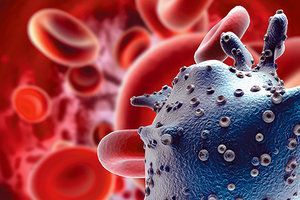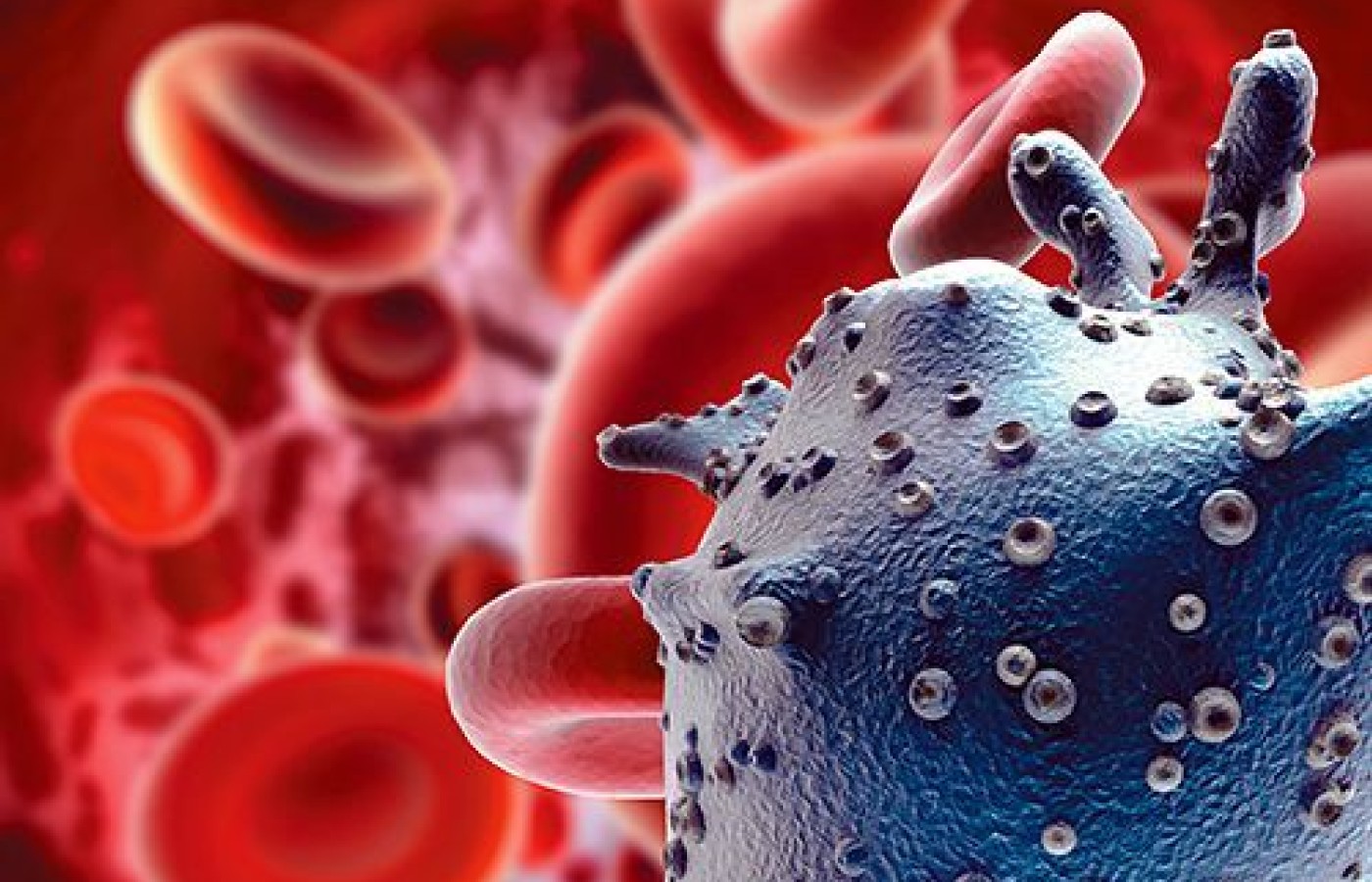New York's highest court of appeals has held that no-fault insurers cannot deny no-fault benefits where they unilaterally determine that a provider has committed misconduct based upon alleged fraudulent conduct. The Court held that this authority belongs solely to state regulators, specifically New York's Board of Regents, which oversees professional licensing and discipline. This follows a similar recent ruling in Florida reported in this publication.
Infectious Diseases in the Chiropractic Practice
Chronic stealth infections including Lyme disease and it's co-infections, viruses, bacteria, fungi and parasites can all be a part of the chronically ill patients we see in our practices. Some of these stealth infections go undetected by conventional physicians and alternative medicine practitioners, sometimes leaving the patient labeled with a so-called "mystery illness." Chronic illnesses such as autoimmune diseases, chronic fatigue syndrome, arthritis, Fibromyalgia, chronic pain, headaches and neurodegenerative disorders may have etiologic infectious agents. It is extremely important for the chiropractic physician to be able to diagnose and recognize if in fact the chronic illness is due to an infection.
Signs & Symptoms
Some of the most common signs and symptoms to look for in a chronic infection include:
- Fever
- Joint pain
- Headache
- Rash
- Unexplained neurological symptoms
- Soft tissue swelling
- Chronic cough
The Epstein-Barr Virus is a herpes virus infecting 95% of the world's population with strong connections to many autoimmune diseases such as rheumatoid arthritis, lupus, Hashimoto's thyroiditis, alopecia areata and also a connection to chronic fatigue syndrome. The Epstein-Barr Virus can become reactivated when the patient is under chronic stress or if their immune system is compromised. Detection of EBV reactivation can be done with a simple blood test of IgG and IgM antibodies through most commercial labs and holistic management can be quite successful in some cases.

Two compounds that can work extremely well for the Epstein-Barr Virus reactivation include Reishi mushroom extract (ganoderma lucidum) and Monolaurin. Reishi contains compounds called triterpenes which have been shown to inhibit the ability of the Epstein-Barr Virus to replicate.
Monolaurin is a compound derived from lauric acid which dissolves the fatty acid envelope viruses use to remain stealth from the immune system. This exposes the virus to the immune system resulting in deactivation of the virus.
Monolaurin can be taken as a capsule beginning with approximately 600 to 1,200mg twice a day building up to 5,400mg/day over a couple of weeks and then tapering down to the original dose. This is done over a four-week period and some patients take it continuously to prevent reactivation of the virus.
Reishi can also be taken as a capsule in combination with Monolaurin to target the virus and support the immune system. Reishi can be taken at a dose of 1,000mg three times a day to effectively manage the viral infection.
Cytomegalovirus is another herpes virus with strong connections to rheumatoid arthritis and lupus. CMV affects approximately 50% of the population, and like EBV, it can be detected through simple blood testing.
Common Conditions
Approximately 50 million Americans suffer from some form of arthritis such as osteoarthritis, rheumatoid arthritis and gout. This costs about $128 billion a year, but the costs continue to rise due to the obesity epidemic, as well as other dietary and lifestyle factors. Chiropractic physicians regularly see patients with all types of arthritis with excellent success and patient satisfaction.
One of the most overlooked causes of arthritis is mycoplasma species infections. Mycoplasmas are classified as mollicutes actually once thought to be viruses due to their stealth ability to move through membranes that block ordinary bacteria. Mycoplasmas are fastidious, self-replicating and the smallest free-living bacteria known to man. Cell wall active antibiotics are not effective against mycoplasma because they lack cell walls. Mycoplasmas act as extracellular parasites by attaching to surfaces of ciliated and non-ciliated epithelial cells. Mycoplasmas stimulate monocytes, natural killer cells, lymphocytes and inflammatory cytokines resulting in symptomatology and immune system disruption.
There are many mycoplasma species but M. pneumoniae, M. hominis, M. penetrans and M. fermentans are the most common. Mycoplasma species are carried by ticks along with Lyme disease and other co-infections. Mycoplasmas account for the majority (40%) of septic arthritis cases and can infect the human urogenital and respiratory tract. Mycoplasmas have been known to take advantage of weakened immune systems in those with HIV/AIDS infections. Mycoplasmas will cause severe respiratory diseases and cause lesions in the spleen, lung, liver, brain, lymph nodes and thymus.
Research has linked mycoplasma to not only rheumatoid arthritis, but osteoarthritis as well. Gil et al, looked at blood samples of Mexican patients with rheumatoid arthritis and found that a high percentage of them tested positive for mycoplamsa fermentans compared to controls. Johnson et al, evaluated patients for mycoplasma pneumoniae who were diagnosed with osteoarthritis, rheumatoid arthritis and non-rheumatoid inflammatory arthritis. The researchers found that 80% of patients with osteoarthritis had M. pneumoniae infections in the synovial fluid of the affected joints. In addition, 79% of patients with rheumatoid arthritis and 100% of patients with non-rheumatoid inflammatory arthritis tested positive for M. pneumoniae in the synovial fluid. The authors conclude that these organisms can cause chronic inflammation in the joints resulting in arthritis.
Mycoplasma pneumoniae is the most common cause of "walking pneumonia" and is either self-limiting or requires antibiotic therapy. Mycoplasmas can become chronic in individuals who have a suppressed immune system allowing these stealth and difficult microbes to proliferate.
Diagnostic testing for mycoplasma species includes polymerase chain reaction for identification of microbial DNA, Immunofluorescent Antibody (IFA) and Enzyme-linked Immunosorbent Assays (ELISA). Joint aspiration and PCR identification of the microbes can give a definitive diagnosis when antibody levels have dropped over time.
Lyme disease and it's co-infections including Bartonella, Babesia, Ehrlichia/Anaplasma and Rickettsia can all remain active in a chronic state. he bacteria borrelia burgdorferi is the microbe that causes Lyme disease which can infect the joints, heart and central nervous system resulting in a variety of chronic symptoms including joint pain, headaches, cognitive deficits and flu-like symptoms. Bartonella can cause bilateral heel pain often misdiagnosed as plantar fasciitis. Babesia is similar to malaria and can cause neurological symptoms, hemolytic anemia and joint pain as well. Ehrlichia, Anaplasma and Rickettsia species can all create similar symptoms but joint pain is a hallmark sign for all of these microbes.
Chlamydia pneunomiae is an opportunistic intracellular bacterial infection with connections to multiple sclerosis, hypertension, abdominal aortic aneurysm (can mimic low back pain), atypcial pneumonia, vasculitis, bronchitis, headache, joint pain, chest pain and cough. As with mycoplasma species, chlamydia can be detected through similar blood testing methods.
Chlamydia has been shown to be vulnerable to the compound berberine. Berberine is a compound found in the herbs Goldenseal, Oregon Grape Root, Chinese Coptis and Barberry. Berberine has excellent anti-bacterial, anti-parasitic, anti-fungal and anti-viral properties. Berberine is also an immune stimulant and highly effective for insulin resistance. Approximately 500mg of berberine taken three times a day can be an effective dose for bacteria such as chlamydia.
Implementation
How can diagnosis and treatment of chronic stealth infections be implemented into a chiropractic practice?
First, set up an account with a major commercial lab. Chiropractic physicians can order blood tests in the vast majority of states. In some states chiropractors can draw blood and in some states they cannot. This is not necessary since all commercial labs will draw blood for the patient at the lab. Simply fill out the lab requisition form with appropriate tests, diagnosis codes and the lab will take care of the insurance billing for you and the patient. You can also negotiate lab prices with all major labs or use a service to get discount lab testing for cash patients.
Next, always perform vital signs on every patient, as a fever is an infection until proven otherwise. Then, order basic blood tests such as a CBC (complete blood count) to identify if an infection is present. Take a thorough infectious disease history including tick bites, overseas travel, contact with infected humans and animals etc. Finally, Immerse yourself in the study of herbal medicine which can be extremely effective for chronic infections.
Some of these infections do require antibiotic therapy, but many of them can be treated holistically. Due to the fact that most of these patients have already tried conventional medicine and were told that there is nothing wrong with them, you may be their last hope. Holistic treatments of chronic infections can work just as well as conventional treatment and in some cases much better.
A thorough study of appropriate diagnostic methods, basic microbiology, botanical medicine and functional medicine approaches is recommended to significantly help these patients get well. Addition of this branch to your practice is not only exciting but extremely rewarding due to the fact that many of these patients are left without answers.



